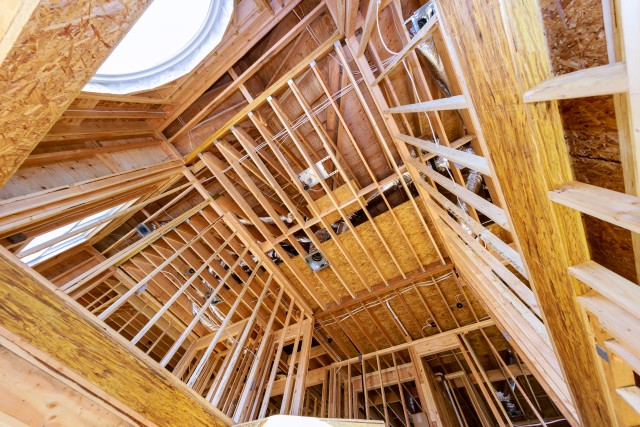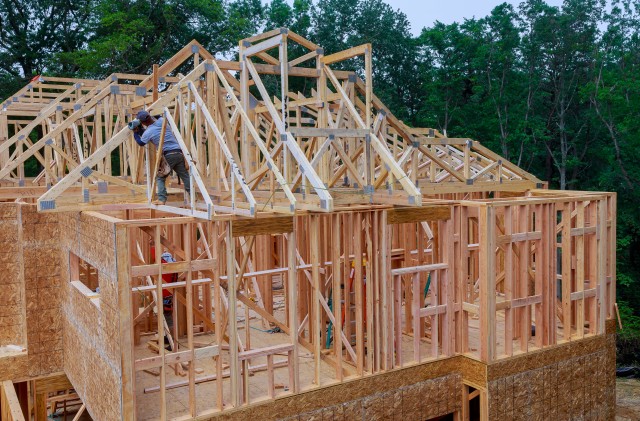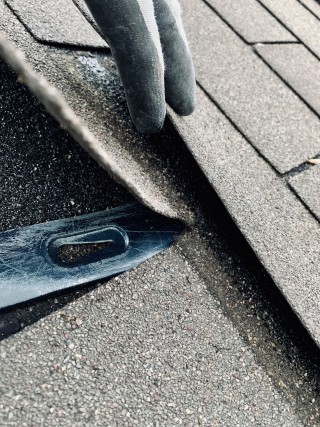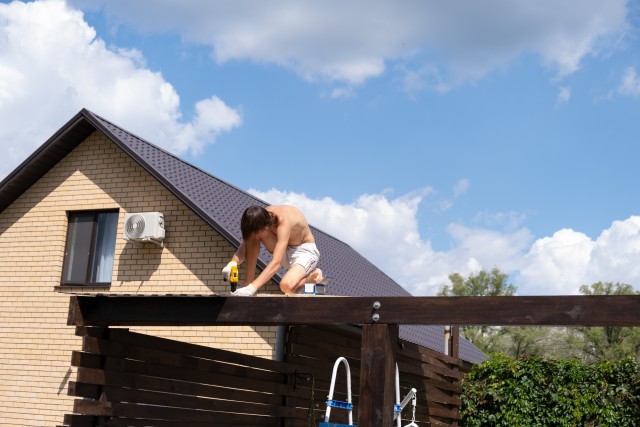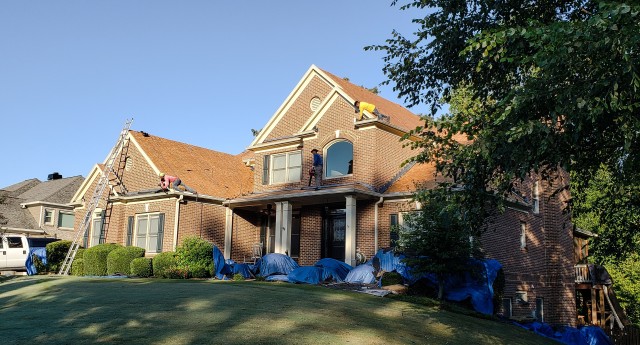Table of Contents
ToggleSuccessful Roof Installation
Successful Roof Installation for a new roof is one of the most important investments you can make for your home. It’s essential that it is done correctly in order to ensure its longevity and protect your family from weather-related damage. This guide will provide you with all of the information you need to know in order to have a successful roof installation. We’ll cover everything from choosing the right materials, hiring an experienced contractor, and understanding how weather conditions may affect the project. With this knowledge, you can be sure that your new roof will stand strong against whatever Mother Nature throws at it!
First and foremost, you’ll need to choose the right material for your new roof. While asphalt shingles are the most popular choice, there are several other options to consider as well such as metal, slate, and tile. Each of these materials comes with its own set of advantages and disadvantages so it’s important to do your research before making a decision. Once you have chosen the material that best suits your needs, it’s time to start looking for a contractor to install it.
When searching for a contractor, make sure they have experience installing roofs of your chosen type. You can also inquire about any certifications or awards they may have received as this will ensure quality workmanship on your project. Additionally, ask your contractor for references and check them thoroughly to ensure that they are reliable and will provide the best service possible.
Besides choosing the right material and contractor, it’s also important to consider how weather conditions may affect your roof installation. Different materials have varying levels of resistance to extreme temperatures, wind, and moisture so it’s vital that you keep this in mind when making your selection. The installation process should also take weather into account as certain procedures must be adjusted or avoided completely in order to prevent any damage.
Finally, make sure that all permits and inspections are completed before starting work on your new roof installation. This is essential for both safety and legal reasons, so don’t skip this step!
These are the essential components you need to know for a successful roof installation. Be sure to do your research, choose quality materials and an experienced contractor, and keep weather conditions in mind throughout the process. With these tips, your new roof will be able to withstand whatever Mother Nature throws at it!
Roofing materials
Installing a new roof requires the selection of the right material to ensure its longevity and protect your home from weather-related damage. There are several different roofing materials to choose from, including asphalt shingles, metal, slate, and tile. Each has its own advantages and disadvantages that need to be taken into account when selecting the best option for your needs.
Asphalt shingles are perhaps the most widely used roofing material due to their affordability and availability in a variety of colors. They are also fairly easy to install and have a relatively long lifespan, typically lasting 15-30 years depending on the climate where they are installed. However, they can be susceptible to water damage if not properly maintained over time, so regular inspections should be conducted.
Metal roofing is an increasingly popular choice due to its durability and aesthetic appeal. It is also fire-resistant which can help keep your family safe in cases of extreme temperatures or wildfires. Metal roofs typically last between 40-70 years depending on how often they are inspected and maintained. The downside is that metal roofs tend to be more expensive than other materials and require special installation requirements due to their weight.
Slate is another durable yet expensive option that provides a classic look for homes with sloped roofs. Slate tiles come in a variety of colors and sizes, allowing you to customize the design of your roof for maximum beauty and protection from weather elements. While slate is one of the longest-lasting roofing materials available (upwards of 100 years!), it tends to be much heavier than other options which can cause additional stress on your home’s foundation if not properly supported during installation.
Finally, tile roofing offers a unique blend of beauty and strength that makes it an ideal choice for many homeowners looking for both form and function in their new roof. Tile comes in various styles including clay or concrete varieties, each offering great protection against harsh weather conditions while adding curb appeal to your property (especially when combined with solar panels). While tiles do require more maintenance than some other materials over time (like regular cleaning or sealing), they can last up to 50 years with proper care!
When choosing the right material for your new roof installation, it’s important to consider all factors such as budget, aesthetics, climate conditions as well as any special installation requirements associated with each type of material before making a decision. With this knowledge at hand, you can make an informed choice that will provide you with long-lasting results!
Roofing contractor
Once you’ve chosen the right roofing material for your project, the next step is to find an experienced contractor to install it. Hiring a reliable and reputable roofing contractor is essential if you want your new roof to stand up against whatever Mother Nature throws at it. Start by researching local contractors and asking friends or neighbors for recommendations. You can also search for online reviews and ratings of specific companies to get an idea of their reputation in the industry.
When meeting with potential contractors, be sure to ask about their certifications and awards, as well as any relevant experience they may have with installations of the type of roofing material you’ve chosen. Make sure that they are familiar with all necessary codes, ordinances, and building permit requirements in your area too. It’s also important to inquire about any warranties they offer on labor and materials, as these can help protect you in case of an issue later on.
It is recommended that you get estimates from at least three different contractors before making a decision so that you can compare prices and services offered. Keep in mind though that the cheapest price isn’t always the best option—you should factor quality into your decision when selecting a contractor too. Additionally, make sure any contract or agreement you sign includes all details such as payment schedule, materials used, estimated completion date, etc., so that there’s no confusion down the line.
By taking all of these factors into consideration when selecting a roofing contractor, you can ensure that your new roof installation will be successful and provide lasting protection against weather-related damage for years to come!
Roof Installation
Installing a new roof is no small task, and it’s important to get the job done right the first time in order to avoid costly repairs down the line. It’s essential that all permits and inspections are completed before starting work on your new roof, as this is necessary for both safety and legal reasons.
When beginning the installation process, be sure that you’ve chosen quality materials as well as an experienced contractor who is familiar with all necessary codes, ordinances, and building permit requirements in your area. If installing metal or tile roofs, special attention should be given to ensure that your home’s foundation can support these heavier materials without additional stress. Weather conditions should also be taken into consideration throughout the entire installation process—timing is key when working in colder climates!
Once all of these checks have been completed, the next step is to remove any existing roofing material carefully so as not to damage any underlying surfaces or structures. Depending on the type of roofing being installed, other preparatory steps such as using underlayment or furring strips may be required before laying out new shingles or tiles. After these measures have been taken, start from one corner of the roof and work your way across until all materials have been installed according to manufacturer instructions.
Finally, inspect each layer of material before adding the next layer for any gaps or overlapping sections that could cause water leakage if not addressed. If installing metal panel roofs, make sure they are properly sealed at each joint point to avoid corrosion and water damage over time. Once finished, clean up any remaining debris from around your home’s exterior so that it looks neat and tidy!
Existing roofing material
Existing roofing materials can vary widely, offering different benefits and considerations for homeowners. Some common roofing materials include: Asphalt Shingles: Economical, easy to install, and available in various colors. They typically last 20 to 25 years and are one of the least expensive options. Clay and Concrete Tiles: Add texture and elegance to a roof, durable but heavy. Clay tiles are long-lasting and non-combustible, while concrete tiles are energy-efficient. Wood Shingles: Offer a rustic look but can be a concern in wet climates due to mold, splitting, or rot. Prices start at around $100 to $150 a square with a lifespan of 25 to 30 years.
Synthetic Roofing Products: Include rubber, plastic, and polymer roofing that mimic natural materials like slate and wood. They are strong, easy to maintain, and some are fire-resistant.
Metal Roofing: Comes in various types like steel, aluminum, copper, and alloy strips. Metal roofs can last 50 to 100 years, and reflect sunlight to keep homes cooler, but can be noisy during rainstorms.
These materials offer different aesthetics, costs, durability, and maintenance requirements. When choosing a roofing material, factors like local weather conditions, architectural style compatibility, cost, lifespan, and maintenance should be considered to make the best choice for your home.

